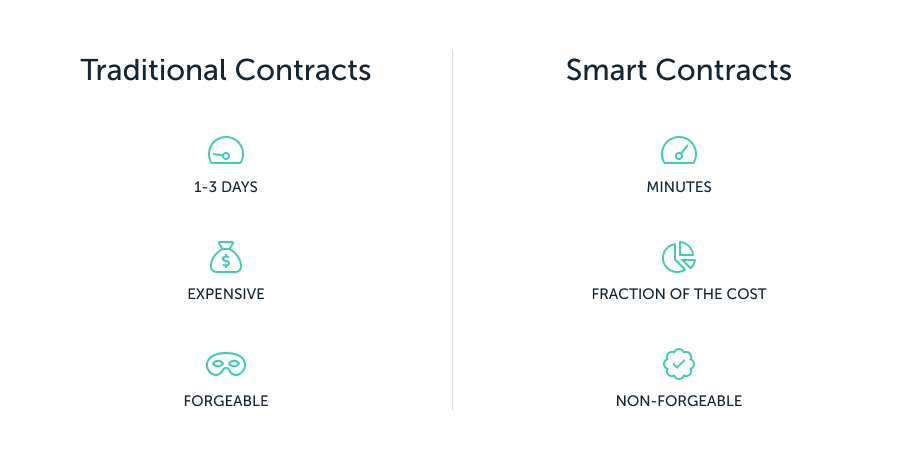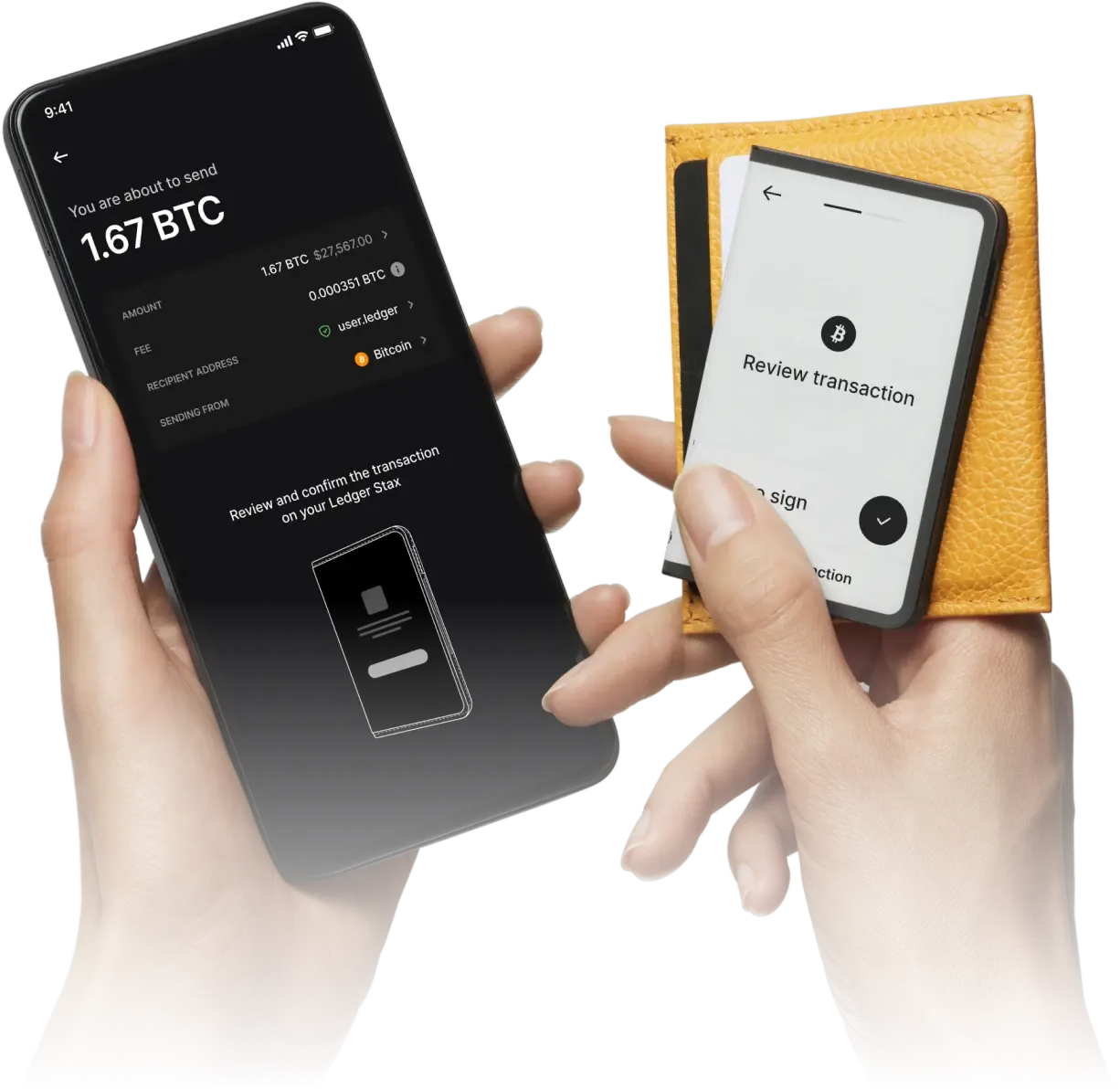Interacting with smart contracts safely in Ledger Live using your Ledger hardware wallet (Nano S Plus, Nano X, Flex, or Stax) is a secure way to engage with Ethereum-based decentralized applications (dApps) and other blockchain functionalities while keeping your private keys offline.

Ledger Live supports smart contract interactions primarily through its Discover tab for select dApps and via integrations like WalletConnect or MetaMask for broader access.
Please download the last update of Ledger Live Application:
1. Ledger Live for Windows 10/11
2. Ledger Live for MAC
3. Ledger Live for Android
Below is a step-by-step guide on how to interact with smart contracts safely in Ledger Live, with a focus on security best practices to mitigate risks like phishing, malicious contracts, or errors.
What Are Smart Contracts?
- Definition: Self-executing programs on blockchains (e.g., Ethereum) that automate actions—like swapping tokens, staking, or lending—based on predefined rules.
- Examples: Uniswap (swaps), Aave (lending), Lido (staking).
- Ledger Role: Your Ledger signs transactions to interact with these contracts, ensuring keys stay offline.
Why Safety Matters
- Risks: Malicious contracts can drain funds, phishing dApps may trick you into signing harmful transactions, and errors (e.g., blind signing) can lead to losses.
- Ledger Advantage: On-device verification prevents unauthorized access and ensures you approve what you intend.
Step-by-Step Guide to Interacting with Smart Contracts Safely
Step 1: Set Up Ledger Live and Your Wallet
- Update Software:
- Open Ledger Live (desktop: Windows 10+, macOS 11+, Linux; mobile: iOS 13+, Android 8+), ensure it’s the latest version (e.g., 2.81.0) from ledger.com/ledger-live (see “How to Update Ledger Live”).
- Connect your Ledger, update firmware via My Ledger > Firmware (e.g., Nano X 2.2.1).
- Add an Account:
- Go to Accounts > Add Account, select the blockchain (e.g., “Ethereum” for ETH-based contracts).
- Install the app on your Ledger (e.g., Ethereum app)—approve on-device.
- Sync and name it (e.g., “ETH DeFi”).
- Fund It: Send assets (e.g., 0.1 ETH for gas) to your address (Receive, verify on Ledger).
Option 1: Native Smart Contract Interaction via Discover
- Supported dApps: Lido (staking ETH), Compound (lending), Paraswap (swapping), 1inch (aggregation)—list varies by update.
- Steps:
- Go to Discover:
- Click Discover in Ledger Live’s sidebar.
- Select a dApp:
- Choose one (e.g., “Compound”).
- Connect Account:
- Select your Ethereum account—unlock your Ledger, open the Ethereum app.
- Interact:
- Example: Lend 100 DAI.
- Enter amount, review terms (e.g., 2% APY), click Deposit.
- Sign on Ledger:
- Ledger displays: “Contract: 0x3d981…”, “Amount: 100 DAI”, “Approve spending”.
- Verify details match—approve with buttons (Nano S/X) or tap (Flex/Stax).
- Confirm: Transaction broadcasts—track in Accounts > History.
- Go to Discover:
- Safety: Ledger Live pre-vets these dApps—contract addresses are trusted (e.g., Compound’s audited 0x3d981921…).
Option 2: WalletConnect for External dApps
- Why: Access dApps not in Discover (e.g., Aave, OpenSea).
- Steps (see “Integrating Ledger Live with WalletConnect”):
- In Ledger Live, go to Accounts > Ethereum > WalletConnect.
- Open a dApp (e.g., app.aave.com), click Connect Wallet > WalletConnect—get QR code.
- Desktop: Paste QR into Ledger Live’s WalletConnect window. Mobile: Scan QR with Ledger Live mobile.
- Approve connection on Ledger—dApp links.
- Example: Deposit 0.5 ETH to Aave—sign “Deposit 0.5 ETH” on Ledger.
- Safety: Verify dApp URL—approve only known contracts.
Option 3: MetaMask with Ledger
- Why: Broadest dApp support—MetaMask parses contract data better.
- Steps (see “Ledger Live and Ethereum dApps”):
- Install MetaMask (metamask.io).
- Connect Ledger: Connect Hardware Wallet > Ledger, select your ETH address.
- Open a dApp (e.g., app.uniswap.org), connect MetaMask.
- Example: Swap 0.1 ETH for DAI:
- MetaMask shows “Contract Interaction” (e.g., Uniswap Router: 0x7a250d…).
- Approve on Ledger—verify “Swap 0.1 ETH to ~240 DAI”.
- Safety: Ledger ensures signing; MetaMask decodes for clarity—check both.
How to Interact Safely
- Verify Contract Addresses:
- Before signing, confirm the contract is legit:
- Uniswap Router: 0x7a250d5630B4cF539739dF2C5dAcb4c659F2488D.
- Aave Lending Pool: 0x398eC7346DcD622eDC5ae82352F02bE94C62d119.
- Check on etherscan.io or the dApp’s official docs.
- Before signing, confirm the contract is legit:
- Avoid Blind Signing:
- Ledger Live’s “clear signing” displays human-readable data (e.g., “Send 100 USDT”).
- If using MetaMask and it says “Data” without details, switch to Ledger Live’s WalletConnect or a dApp with better parsing—blind signing risks approving malicious actions.
- Test with Small Amounts:
- Send 0.01 ETH or 1 USDT first—confirm the contract behaves as expected (e.g., staking yields stETH).
- Monitor Gas:
- High gas (e.g., 0.05 ETH) may indicate a complex or suspicious contract—adjust fees in MetaMask or cancel if unsure.
Security Best Practices
- Check dApp Source: Use official URLs (e.g., app.opensea.io)—avoid phishing links (see “Avoiding Phishing Scams”).
- Never Share Seed: Your 24-word phrase stays on your Ledger—don’t enter it anywhere (see “Why Never Share Your Seed”).
- Verify on Ledger: Always match transaction details on your Ledger’s screen—thwarts malware (see “Verifying Transactions”).
- Audit Contracts: Research on DeFi Pulse, RugDoc, or X—ensure they’re audited (e.g., Certik, OpenZeppelin).
- Update Software: Keep Ledger Live, Ethereum app, and firmware current (My Ledger > Firmware).
- Disconnect: End WalletConnect sessions (WalletConnect > Disconnect) after use.
Example
- dApp: Aave (lending).
- Action: Lend 50 USDC.
- Via WalletConnect:
- Connect Ledger Live to app.aave.com.
- Deposit 50 USDC—Ledger shows “Contract: 0x398eC…”, “Amount: 50 USDC”—approve.
- Result: Earn 2% APY—track in Ledger Live (Tokens > aUSDC).
Troubleshooting
- Contract Fails: Check gas (etherscan.io)—increase if too low, resync Ledger Live (Accounts > Clear Cache).
- No Details: Use MetaMask for better decoding—avoid signing unclear data.
- Funds Missing: Verify contract address—scams drain to unknown wallets; recover via seed if safe.
Conclusion
Interacting with smart contracts safely in Ledger Live is secure and straightforward—use Discover for vetted dApps, WalletConnect for flexibility, or MetaMask for detail. Your Ledger’s on-device signing ensures every contract call is intentional, protecting your funds across Ethereum’s ecosystem—swaps, lending, or beyond. Verify contracts, test small, and never compromise your seed—your DeFi moves stay safe.
